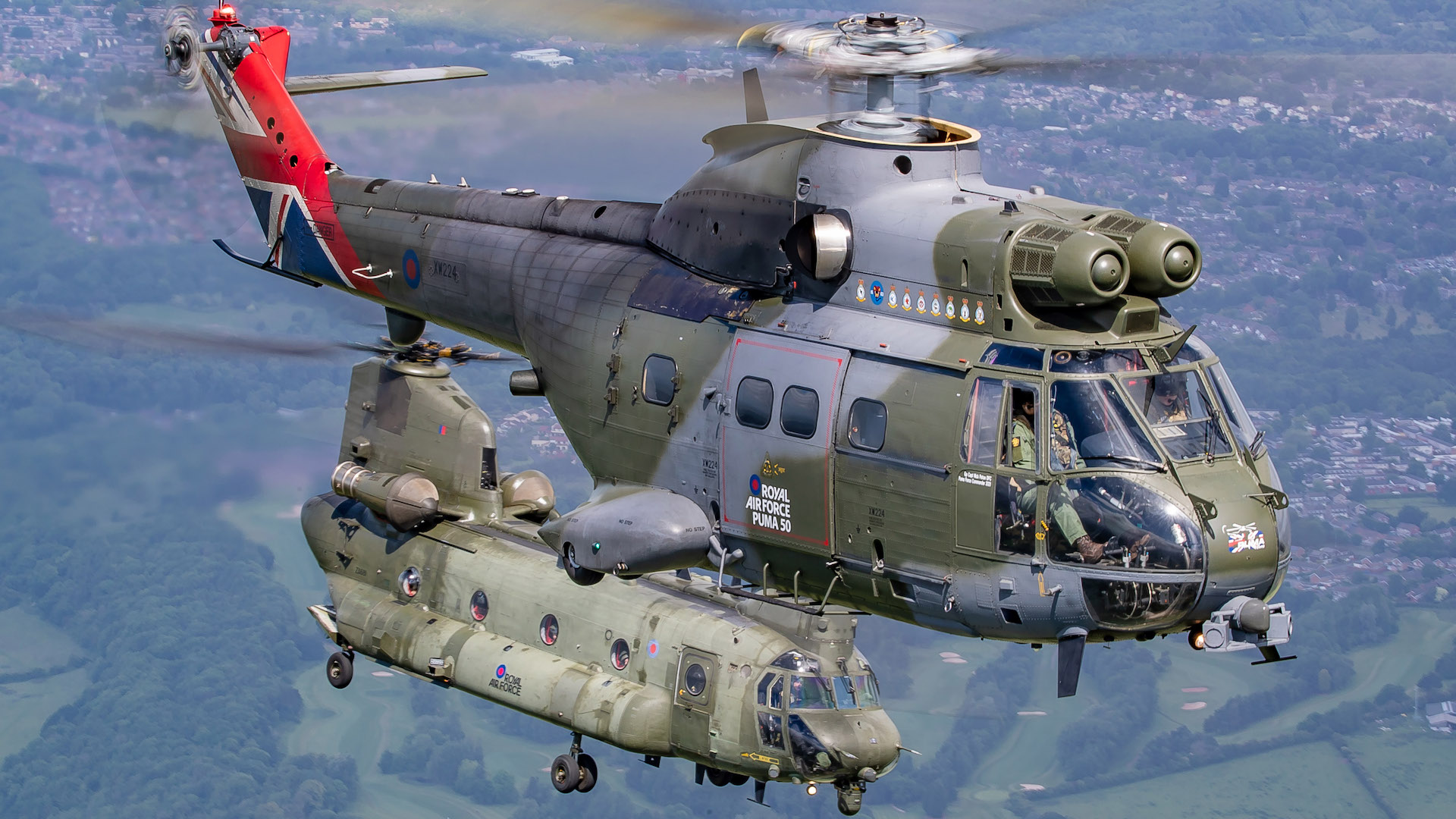The United Kingdom has announced sweeping cuts of its Armed Forces as it seeks to save money, despite the precarious security situation in Europe and elsewhere. The Royal Air Force, British Army, and Royal Navy will also lose frontline equipment, and it’s not necessarily clear how capabilities will be maintained once these assets are withdrawn. Moreover, with a new defense review expected next year, there is the possibility of worse to come for the British Armed Forces.
Speaking in parliament today, U.K. Defense Secretary John Healey outlined the plan, which will affect all three branches of the British military.
The assets to be withdrawn include the following:
The Royal Navy’s two Albion class amphibious assault ships, HMS Albion and HMS Bulwark will be taken out of service at the end of the year, around a decade earlier than planned — although their withdrawal has been threatened now for several years. With their retirement, the ability of U.K. Royal Marines to launch land assaults from the sea will be notably reduced.
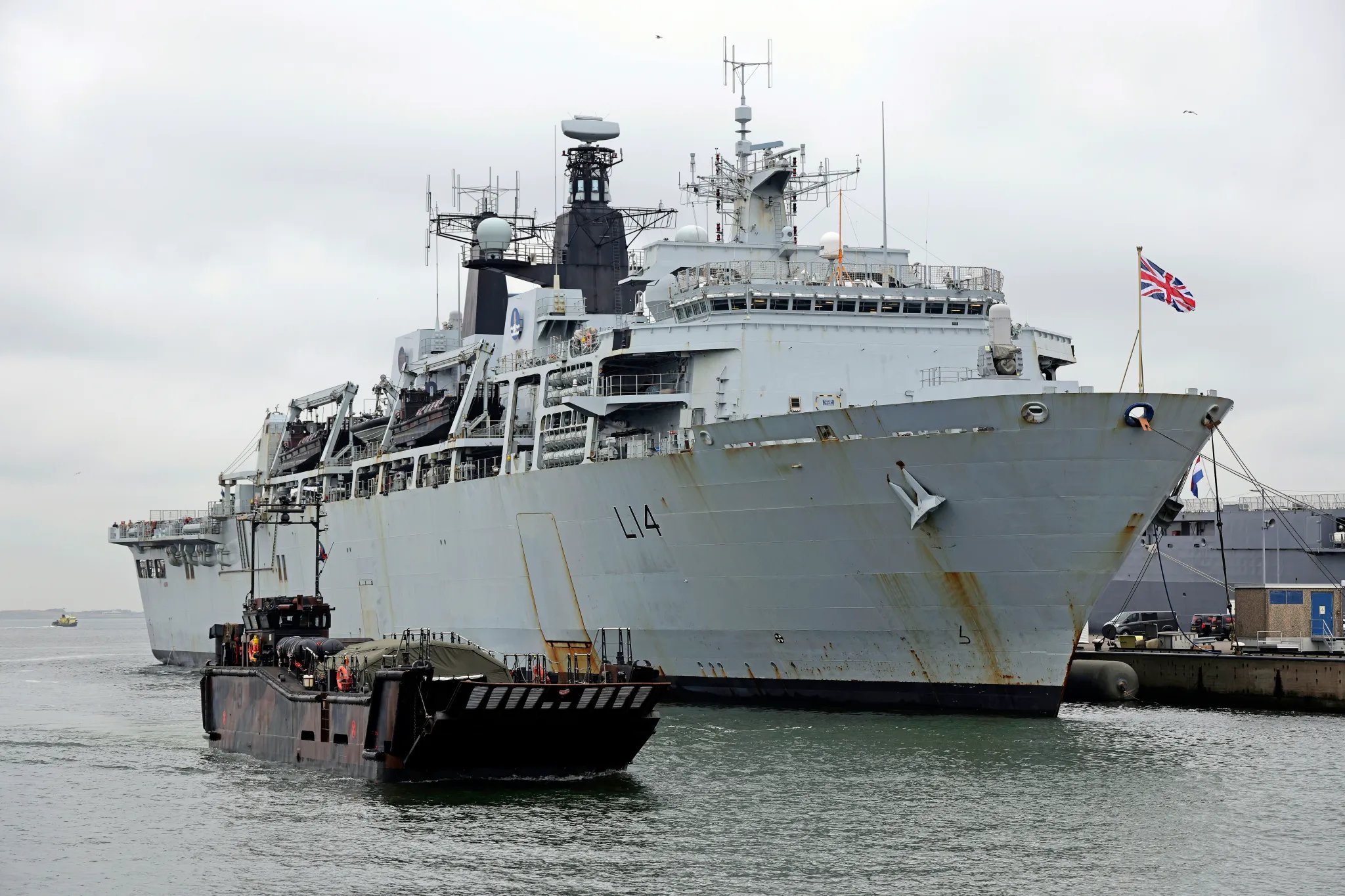
A new class of amphibious warfare vessels, up to six Multi-Role Support Ships (MRSS), is being planned, with these expected to carry out a wider variety of operations, as you can read about here. However, these are only due to enter service beginning in the early 2030s, leaving a significant capability gap in the meantime.

The Royal Air Force will lose its fleet of 17 Puma battlefield mobility helicopters, together with 14 of the oldest Chinook heavy-lift helicopters used by the same service. The United Kingdom had already ordered new Chinooks to modernize that force, some of which date back to the very first deliveries of these helicopters in the early 1980s. However, today’s decision leaves a question mark over plans to replace the Puma fleet, under the New Medium Helicopter (NMH) program. There had already been suggestions that the NMH might also face the ax.
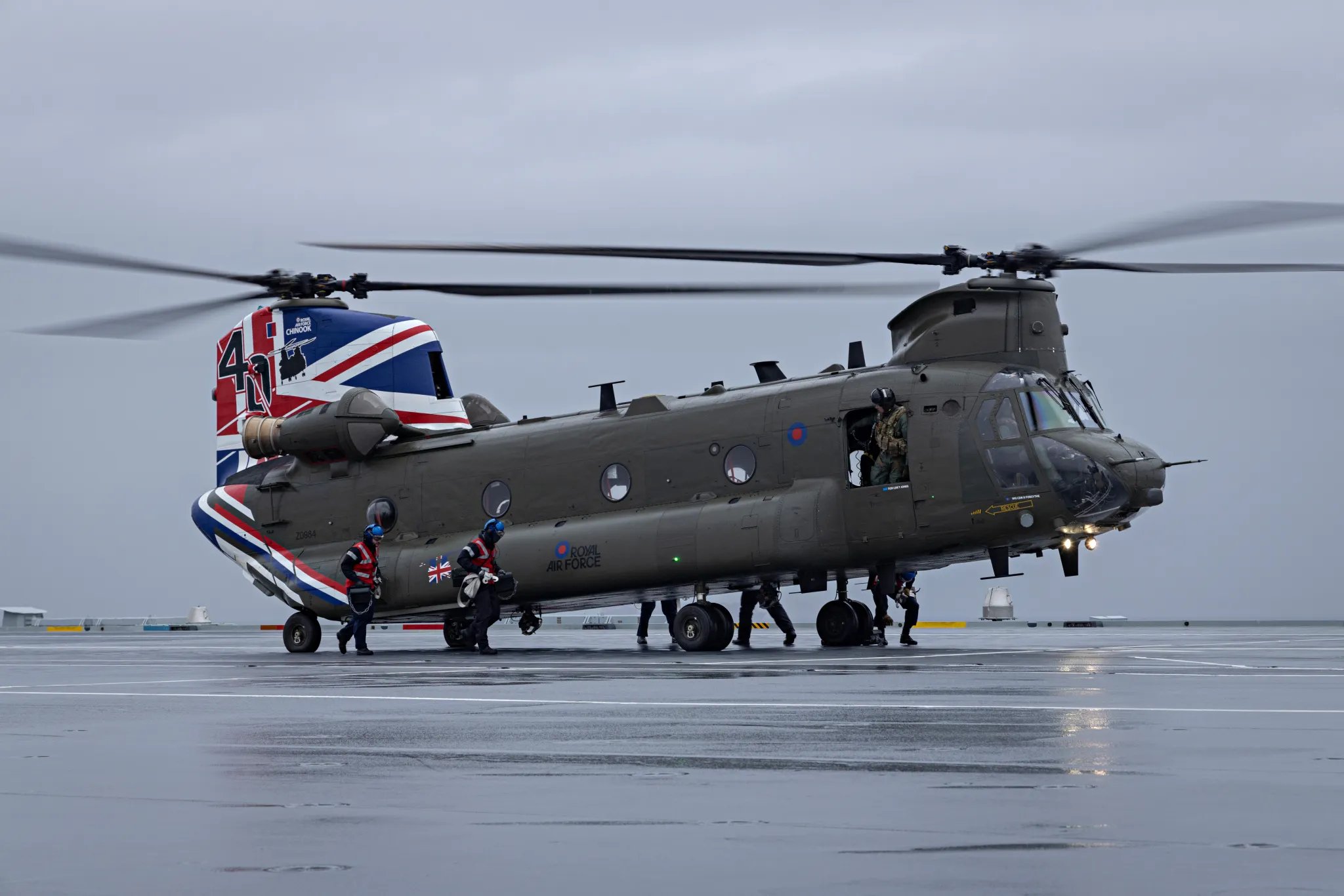
The British Army’s controversial fleet of 47 Watchkeeper drones is being culled. Although these have only been in service for six years, they have suffered a spate of crashes and have been widely criticized. You can read more about them here.

The Royal Navy will bid farewell to the Type 23 frigate HMS Northumberland. The warship was already in need of an expensive overhaul and was due for retirement. Interestingly, this particular warship collided with a Russian Navy submarine in the North Atlantic Ocean in 2020, and both vessels were reportedly damaged in the incident, which you can read more about here. Earlier this year, the Type 23 fleet had been reduced by two, with the decision to withdraw HMS Argyll and Westminster, reportedly in order to free up personnel to staff its new class of frigates. This reduced the service’s fleet of Type 23s to nine. All this comes at a time when the Royal Navy’s major surface combatants are in high demand, including in the Red Sea.
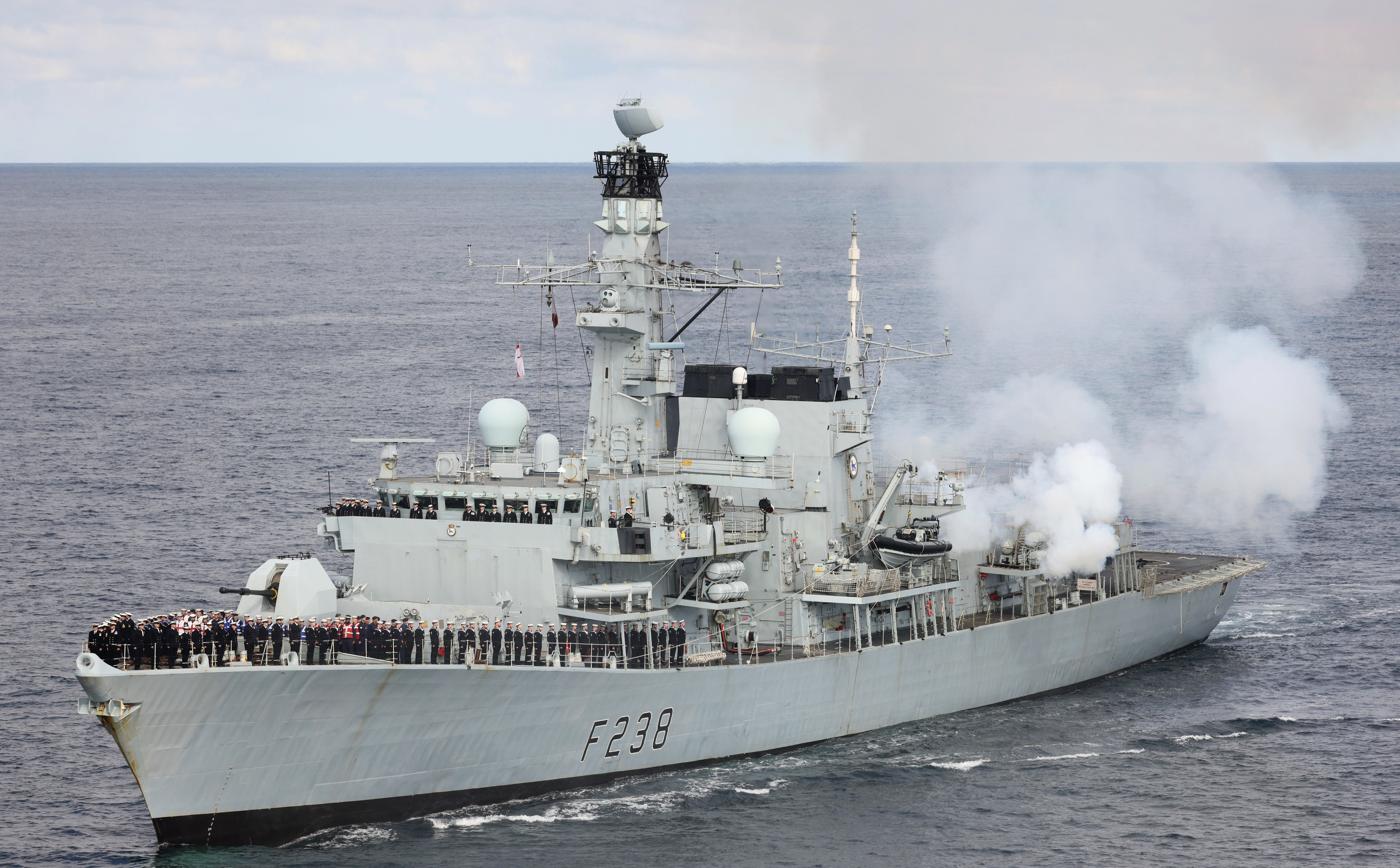
CPO Phot Owen Cooban
Other naval assets getting chopped include the two large Royal Fleet Auxiliary ships, RFA Wave Knight and RFA Wave Ruler. These vessels carry fuel and supplies but are notably not compatible with supporting the Royal Navy’s two Queen Elizabeth class aircraft carriers.

Healey said the cuts would result in savings of up to £500 million — equivalent to around $633 million — over the next five years.
Healey also defended the assets being withdrawn on the basis that they are “outdated,” although this is a claim that doesn’t stack up for all the equipment affected, most notably the Watchkeeper drones. Despite their problems, these drones do offer certain critical capabilities, including ground moving-target indicator (GMTI), a radar mode that allows discrimination between moving targets on the ground and static ones, allowing it to track the activity of the moving targets over time.
“We face increasing global threats,” Healey said in a written statement today. “War in Europe, growing Russian aggression, conflict in the Middle East, and technology changing the nature of warfare. As a result, defense needs increased resilience and readiness for the future.”
While that is certainly true, the truth is that, with some exceptions (notably Watchkeeper, again), this equipment is very much part of the U.K. Armed Forces’ resilience and readiness. Ultimately, the cuts are the result of tight budgets — something that the British military is becoming increasingly familiar with.
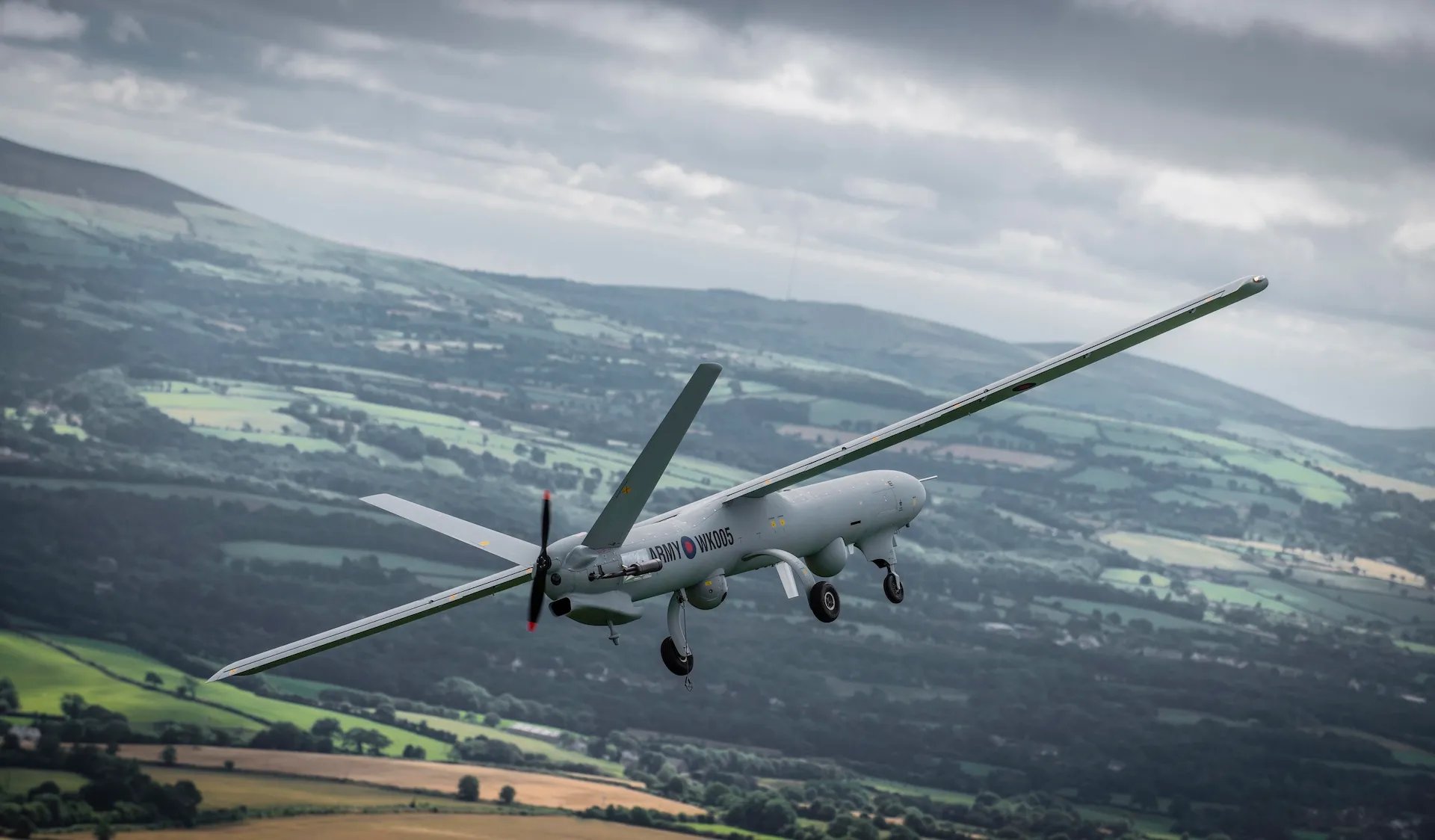
Although working under greater financial pressure, the U.K. Armed Forces are also being called upon to restructure and modernize to better face the resurgent Russian threat, illustrated by the war in Ukraine and by a spike in ‘hybrid warfare’ activities across Europe, widely seen as being Kremlin-inspired.
As well as Russia, the U.K. Armed Forces are also increasingly expected to play a more active role in the Indo-Pacific theater, not to mention in the Middle East, and a host of other global missions.
These are significant ambitions, and, at the same time, the United Kingdom is committed to some hugely expensive ‘big ticket’ defense programs, including the replacement of the Royal Navy’s Trident submarine-based nuclear deterrent with the new Dreadnought class of nuclear-powered ballistic missile submarines, and the Tempest future combat aircraft.
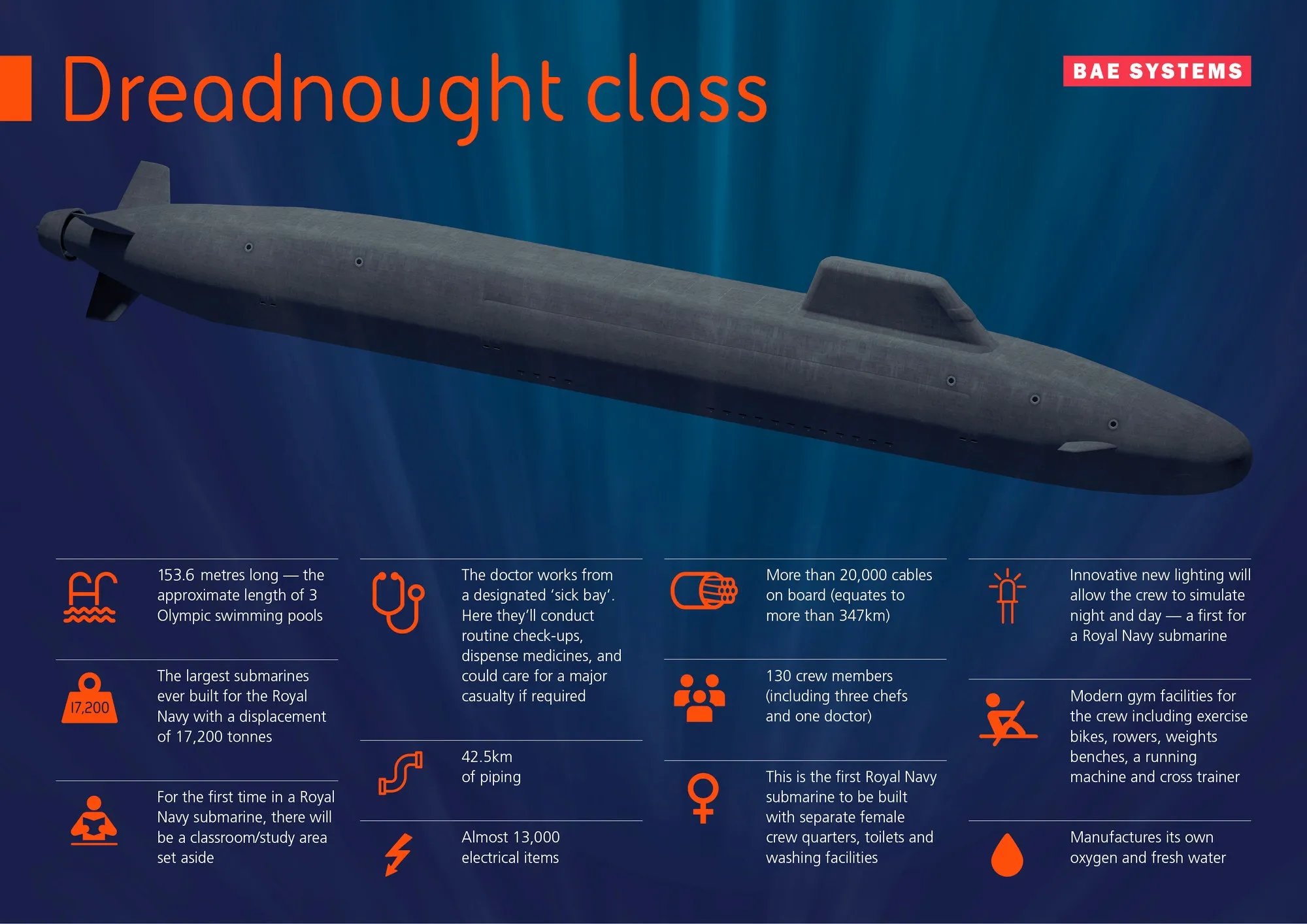
While cuts have continued to be made, the U.K. government has remained committed to increasing the defense budget to 2.5% of GDP, a pledge that the defense secretary repeated today. However, he didn’t announce when this would come into effect.
As it stands, the U.K. Armed Forces — like many others around the world — are being asked to do a lot more, with less.
Removing older and expensive-to-operate equipment makes sense, so long as it’s being replaced by equivalent capabilities that are cheaper, but which also meet the demands of the latest force posture.
A good example of this would be the Army’s Watchkeeper drones, which are not likely to be badly missed by many. On the other hand, there’s no doubt that uncrewed air systems are of growing importance on the battlefield and British efforts in this direction have so far achieved very mixed results. If the money saved by withdrawing Watchkeeper doesn’t help drive the development and fielding of more reliable drones for the Army, then questions will likely be asked.
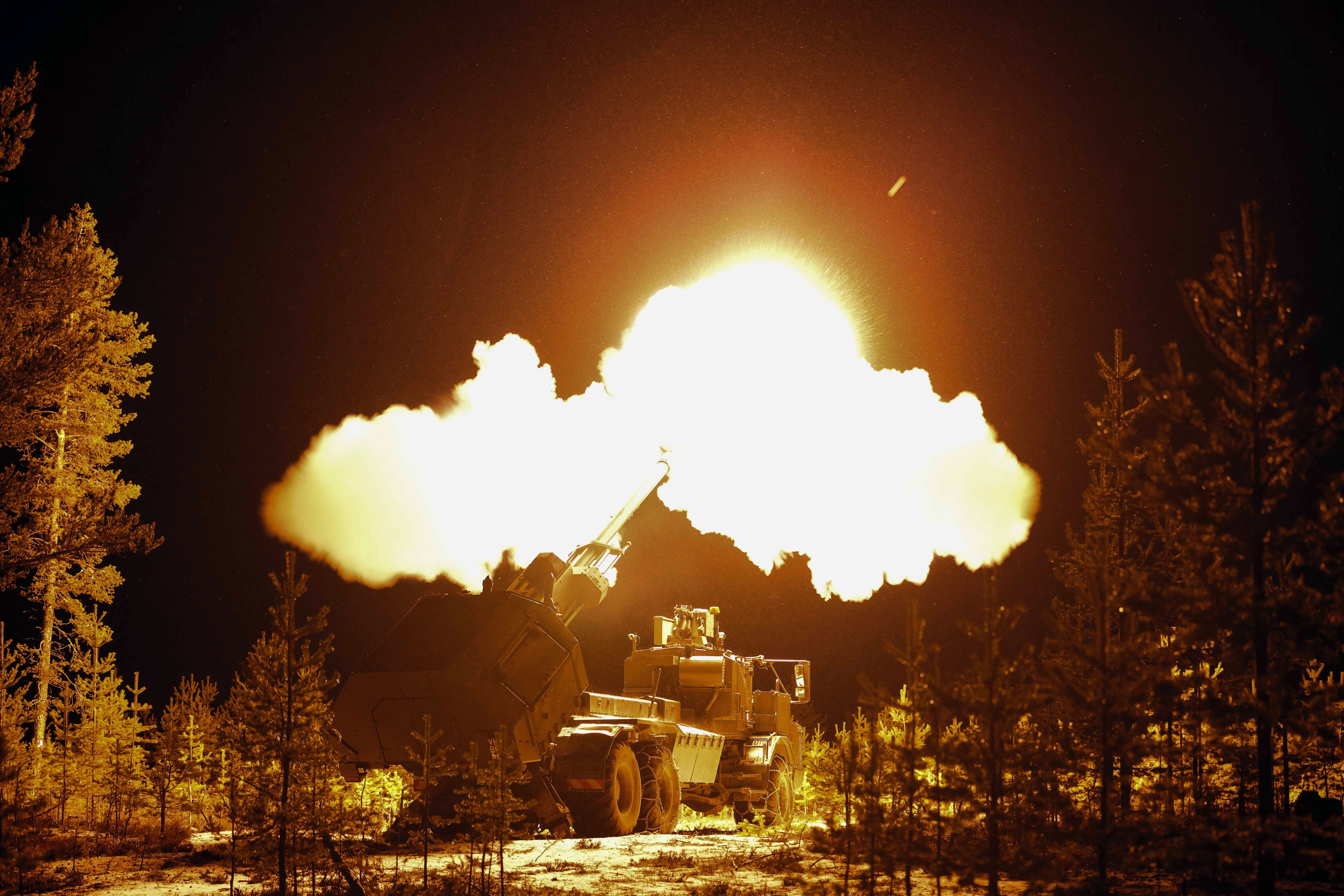
There is also the possibility of more cuts to come. After all, the U.K. government is expected to release its latest defense review next spring, and that might see another raft of cuts to all three services. With funds for defense spending limited, there will be fears that more equipment might be axed as an easy option for making short-term savings.
Overall, however, today’s cuts reflect the very harsh decisions facing the U.K. government as it seeks to meet the goal of a British military that is increasing its “resilience and readiness” to meet a wider range of threats, not just from Russia.
Contact the author: thomas@thewarzone.com
